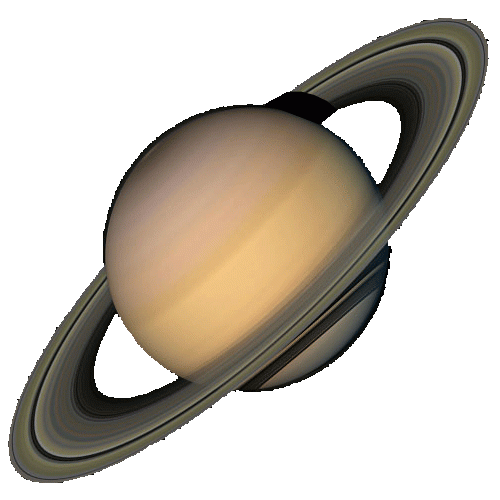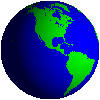Saturn is the next biggest planet in the solar system. Saturn has numerous moons, and four more were found in late 2000 and 9 more were discoved recently for a total of 31. Scientists are tracking more objects that may be additional moons.
The Voyager missions found winds, magnetic fields, auroras and lightning on the planet similar to Jupiter. Also, the planet has light colored cloud bands (zones) and darker bands (belts) like the larger gas giant.
The fascinating ring system observed by Galileo in 1610 is only the beginning to be understood. At first thought to be a solid ring it is now known to be thousands of water ice particles with some chunks as big as a small car. The rings are held in place by moons that "sheperd" the particles and keep them in a series of ringlets. Some gaps like that Cassini Division separate the ringlets called the "A-ring", "B-ring" and so on. The Cassini/Huygens spacecraft passed through between "F" and "G" rings on its way into Saturns orbit.

|
Quick Facts about Saturn | |
|
Topic |
Data |
|
Diameter |
120,536 km |
|
Density |
0.69 g/cm3 |
|
Mass |
5.688 x 1026 kg |
|
Volume |
8.183 x 1014 km3 |
|
Temperature Range |
-191° C to >-130° C |
|
Atmosphere |
Hydrogen, Helium, Methane |
|
Winds |
Up to 400 m/s |
|
Moons |
31 |
|
Average Distance from Sun |
1,429,400,000 km |
|
Orbital Period |
29 Years, 167 Days, 6.7 Hours |
|
Rotation |
0 Days, 10.233 Hours |
|
Tilt |
25.33° |
|
Rings |
Yes |
|
Composition |
Hydrogen and Helium |
|
Magnetic Field |
Extremely strong |









